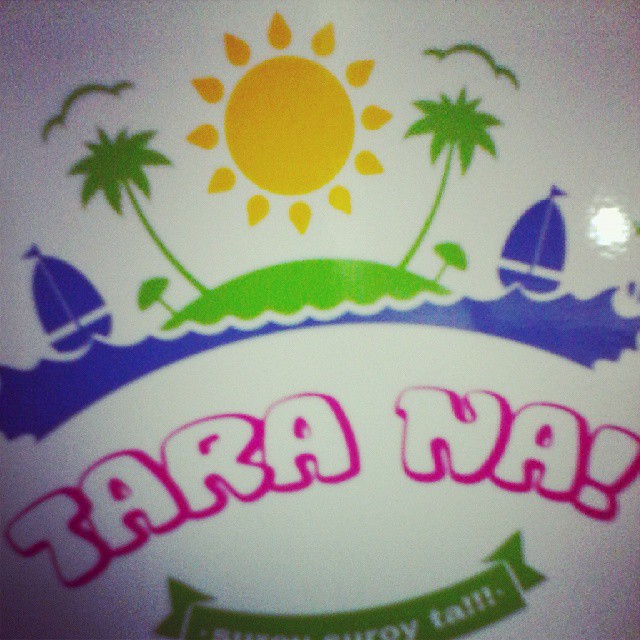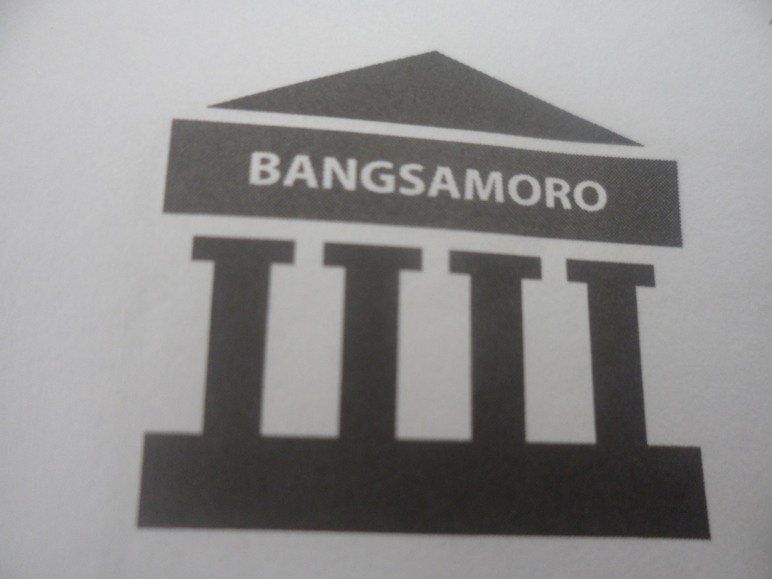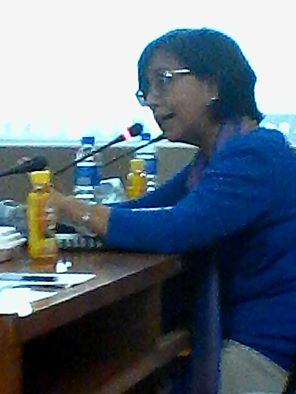by Maria Eleanor E. Valeros, #CebuBloggingCommunity
CEBU, PHILIPPINES (May 27, 2015) — Overfishing, pollution and climate change, lack of enforcement and accountability in the management of Tanon Strait put the chambered nautilus as most critically endangered along with 14 species of cetaceans in danger of extinction.
Dr. Isabelo R. Montejo, DENR-7 regional director, in delivering his State of Tanon Strait Address today here in Badian, southwestern coastal town of Cebu Province, mentioned that only a few nautilus species have survived to date as this unusual resident of Tanon Strait is highly prized for its shell. Its population is believed to have been overfished since the 70s.
With the assistance of non-government organization Oceana (Protecting the World’s Oceans), it was learned that decline in population of important marine species is traced to illegal commercial fishing, destructive fishing, juvenile fish catch, lack of enforcement and accountability, pollution and climate change.
Montejo said that sea mammals, accounting to 14 species of 27 found in the country, like spinner dolphins, dwarf sperm whales, dugongs, whale sharks, among others, suffer from indiscriminate fishing as well as lack of a reliable enforcement of existing laws that govern sustainable economy along with development.
On the occasion of the 17th anniversary today of Presidential Proclamation 1234 creating the Tanon Strait Protected Seascape (TSPS), Montejo and Oceana led the inauguration of a TSPS office in Barangay Malhiao, Badian. This was witnessed by over 60 stakeholders from various government agencies, local leaders, community partners, fisherfolk, print media, and bloggers.
The office placed at the “center of Tanon Strait” serves to link the gap in data gathering, and facilitate solutions to “save Tanon from illegal commercial fishing, destructive fishing and pollution.”
“Tanon is a migration corridor to sea mammals. It has 18,830 hectares of coral reefs and an estimated area of patches of mangroves, 26 species, reaching around 5,000 hectares. But all of these are threatened by industrial waste, being a natural catchment,” Montejo further explained.
Thus, the need for strong leadership, effective enforcement of Fisheries Code, special protections within the seascape and accountability when transiting a protected seascape. As cited by Oceana in its journal, Tanon Strait “needs strong leadership at all levels in the conservation efforts.”
“The Protected Area Management Board has a clear mandate to responsibly manage fisheries, including establishing a comprehensive plan for protection.”
“Effective enforcement of the Fisheries Code will require increased monitoring of fishing activity at sea and in port, increased resources for interception, and strengthening the judicial process.”
“Urgently needed is a management plan which includes regulations specific to the unique needs of the seascape.”
“Although commercial fishing is banned in Tanon Strait, commercial vessels transit through the Strait regularly. When commercial fishing vessels come to port in Tanon Strait, they must be held accountable for the origin and legality of their catches.”
Moreover, environmental lawyer Gloria Estenzo Ramos said that tools, with improved technology, could help monitor these commercial vessels. “I know of drones, image-capturing satellites, web systems that can help monitor activities at sea. If we have this technology on Tanon seascape, and continue to build on this effort, then it would be a lot easier to facilitate stewardship, address critical concerns in protecting our coral reefs, our fisherfolk, our future.”
TSPS is the largest marine protected area in the Philippines, and the third largest park, nearly as extensive as the two largest terrestrial natural parks in the Northern Sierra Madre and Samar Island which protect the Philippine eagle and other wonders. Tanon Strait is their marine counterpart, with an area of 5,182 km squared, more than three times the area of the Tubbataha National Park.
Oceana went on to report that the Strait is extremely narrow (27 kilometers), 160 km long and 500 meters deep. At its widest, the Strait is only 27 km., and narrowest near the south at a mere five km.
The deep waters which attract dolphins, whales, sharks and manta rays extend down from the surface a distance roughly half a kilometer. Oceana pointed out that in Cebu City, this is equivalent to a jeepney ride between the Basilica del Santo Nino and Fort San Pedro. In Dumaguete, this is equivalent to a walk between the Dumaguete Cathedral and Silliman University. Tanon Strait has a coastline of 450 kms.
Tanon Strait is that body of water between Cebu and Negros Island.###









